Types of drones
There are four main types of drones based on their size, capabilities and intended use. The first two types are smaller drones that are best suited for recreational use, while the latter two are larger, more powerful drones that are better suited for commercial and industrial use. These four types are:
- Nano drones: As their name suggests, nano drones are the smallest type of drones available. They are designed for indoor flight, and come in a variety of sizes, from as small as an average person’s palm up to the size of a large soda can.
- Racing drones: Racing drones are the fastest type of drones and are built for racing competitions and extreme sports. While racing drones offer the best performance, their small size and fragile construction make them impractical for everyday use.
- Professional drones: These are larger and more powerful drones designed for commercial use, such as aerial photography and videography, agriculture and navigation. Professional drones are built with heavy-duty materials, such as carbon fibre and aluminum, and are designed to carry heavy payloads while flying for long periods of time.
- Industrial drones: The largest and most powerful type of drones, industrial drones are designed for heavy-duty work, such as infrastructure inspection, search and rescue, firefighting, surveying and many other commercial or industrial applications. These powerful drones are built with extremely durable materials, such as carbon fibre and steel, and are capable of lifting heavy payloads and staying airborne for long periods of time.
Benefits of each type of drone
There are many benefits to each type of drone, and some drones offer unique capabilities that make them the perfect choice for specific applications and uses. Nano drones are great for indoor flight while racing drones are built for speed, allowing them to be used for both indoor and outdoor racing. Professional drones are designed for heavy lifting, making them perfect for commercial photography and videography applications, such as lifting large camera equipment, and industrial drones are built to last, making them perfect for long-term use. Additionally, the type of drone you choose will depend on your budget, as each type of drone has a different price range, and you may need to spend more for a more powerful or durable drone. Now you know the benefits of each type of drone, it’s time to decide which one you think will best suit your situation.
Factors to consider when choosing a drone
When it comes to purchasing a drone, there are a few factors you’ll want to keep in mind, such as the size and weight of the drone, the type of controller and if the drone is ready-to-fly (RTF) or needs assembly. Depending on which type of drone you choose, the size and weight will vary, and you’ll want to ensure it is within the maximum weight limit for your drone. The controller for your drone can vary depending on which type you choose, and RTF drones will usually come with a controller, while you may need to purchase a controller separately for a drone that needs to be assembled. Another important factor to keep in mind is your drone’s flight range. Many drones have a maximum range of around 1,000 feet, but some may have a longer range depending on their size, model and construction.
Drone accessories
When purchasing a drone, keep in mind that you may need to purchase additional accessories, such as a remote control, extra batteries and charging accessories, such as a charging hub, power supply and power bank. While you may be able to purchase some accessories with your drone, you may need to purchase others separately, such as a remote control, which is required for all types of drones, and extra batteries, which are recommended for all drones. Besides these accessories, you may also want to purchase a drone backpack or drone carrying case, which are perfect for protecting your drone when traveling and storing your drone indoors when not in use.
Drone laws and regulations
Before purchasing a drone, it is important to research your state’s drone laws and any federal drone regulations that may apply to you. There are many federal drone regulations in place to ensure the safety of pilots and others on the ground and in the air, as well as the safety of people and property in general. Many state and federal drone regulations are updated regularly to account for the latest advancements in drone technology and are worth keeping an eye on as they may change over time. Additionally, it is important to keep your drone safe and follow best practices when flying. Always check the weather forecast before flying to avoid flying in heavy winds and storms and be aware of any nearby airports or flight paths. Avoid flying too close to people and wildlife and be aware of your surroundings at all times.
Drone safety
While drones are a fun and exciting new technology, it is important to fly them safely and responsibly. When flying a drone, keep your distance from others and avoid flying near crowds and stadiums, around airports and heliports and over waterways. Avoid flying your drone at night and be aware of FAA regulations regarding flying over public properties such as parks and beaches. Before flying your drone, read the directions carefully and keep your drone’s battery charged. Be sure to follow the FAA’s guidelines for flying drones and never fly your drone while under the influence of drugs or alcohol, also don’t fly too close to buildings or people.
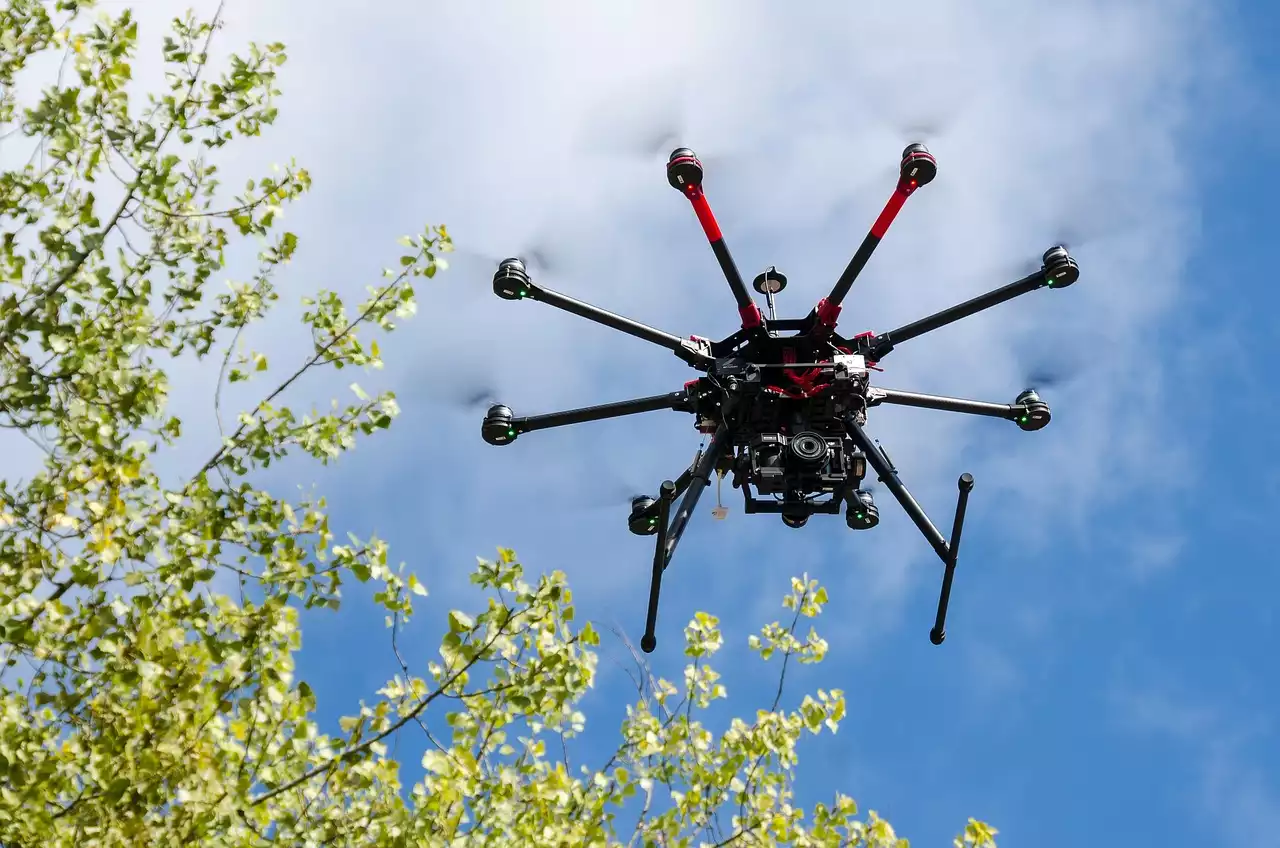
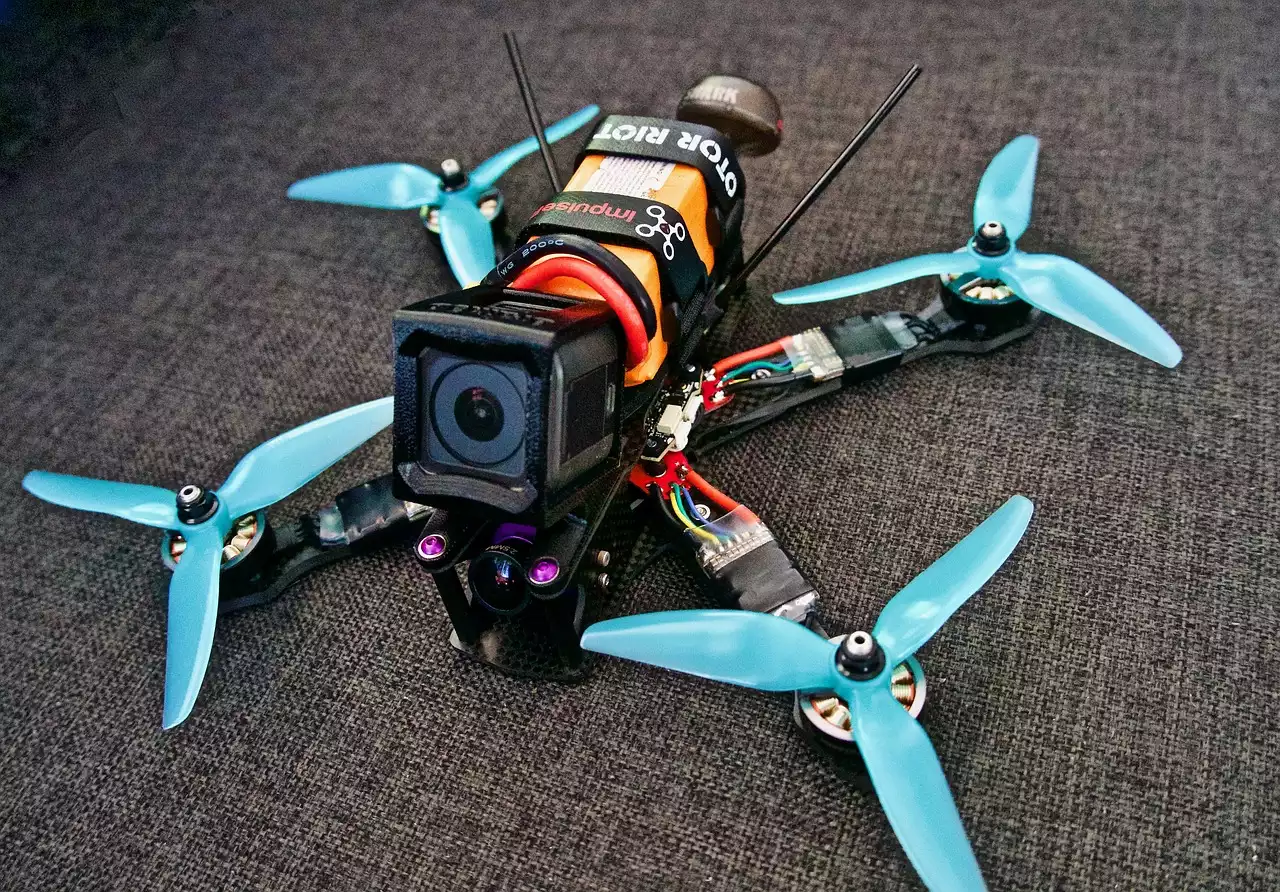
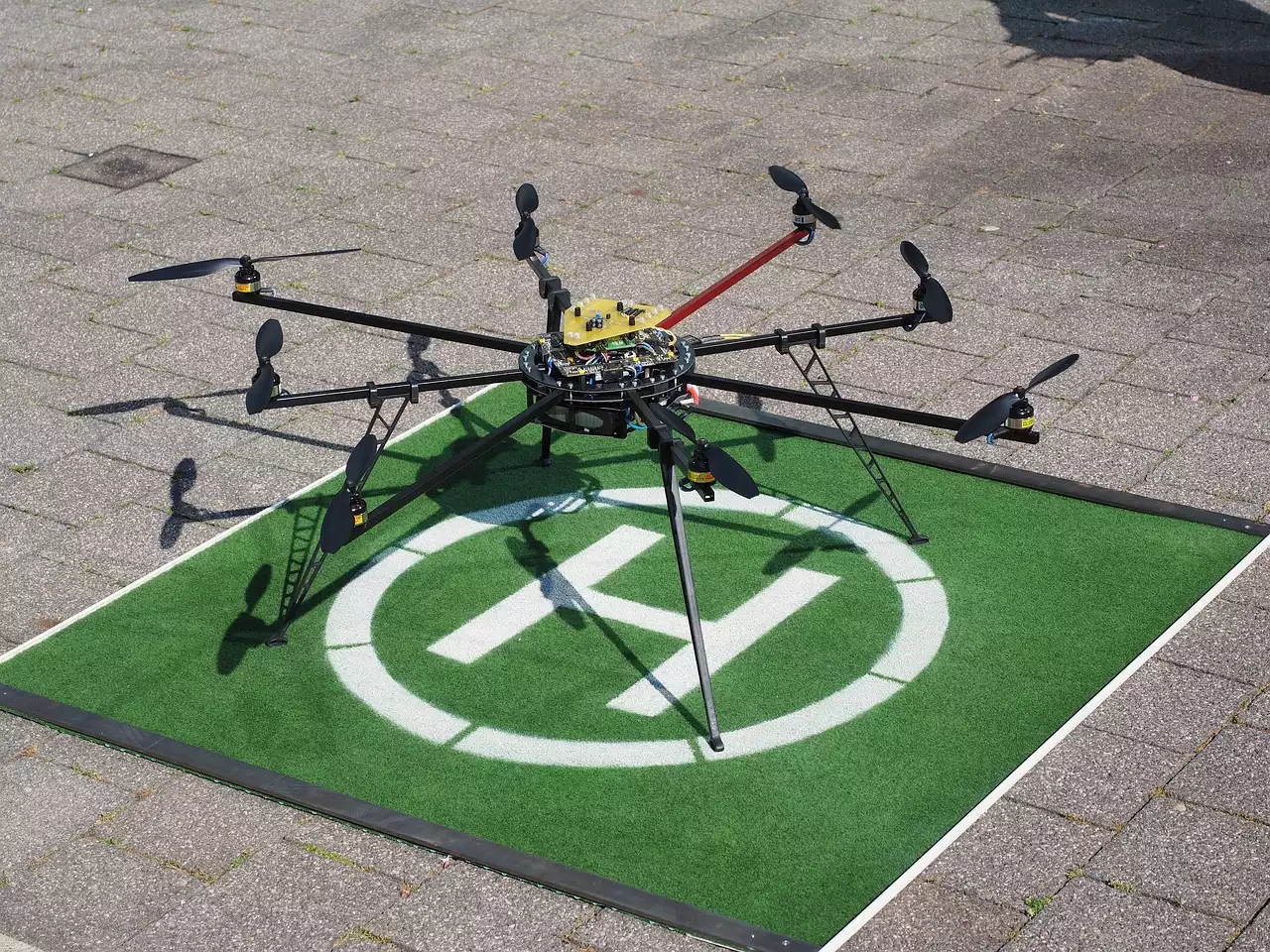
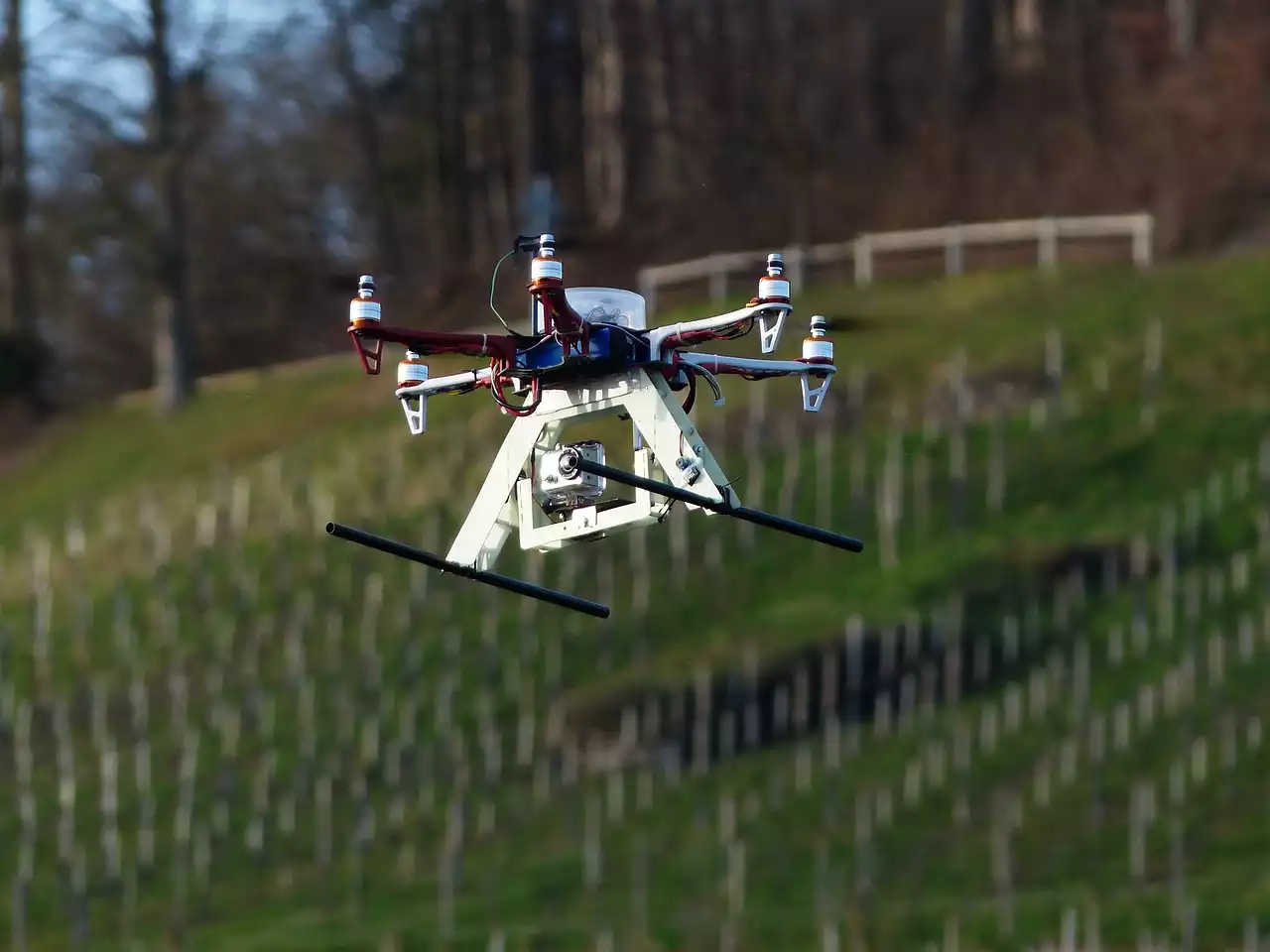
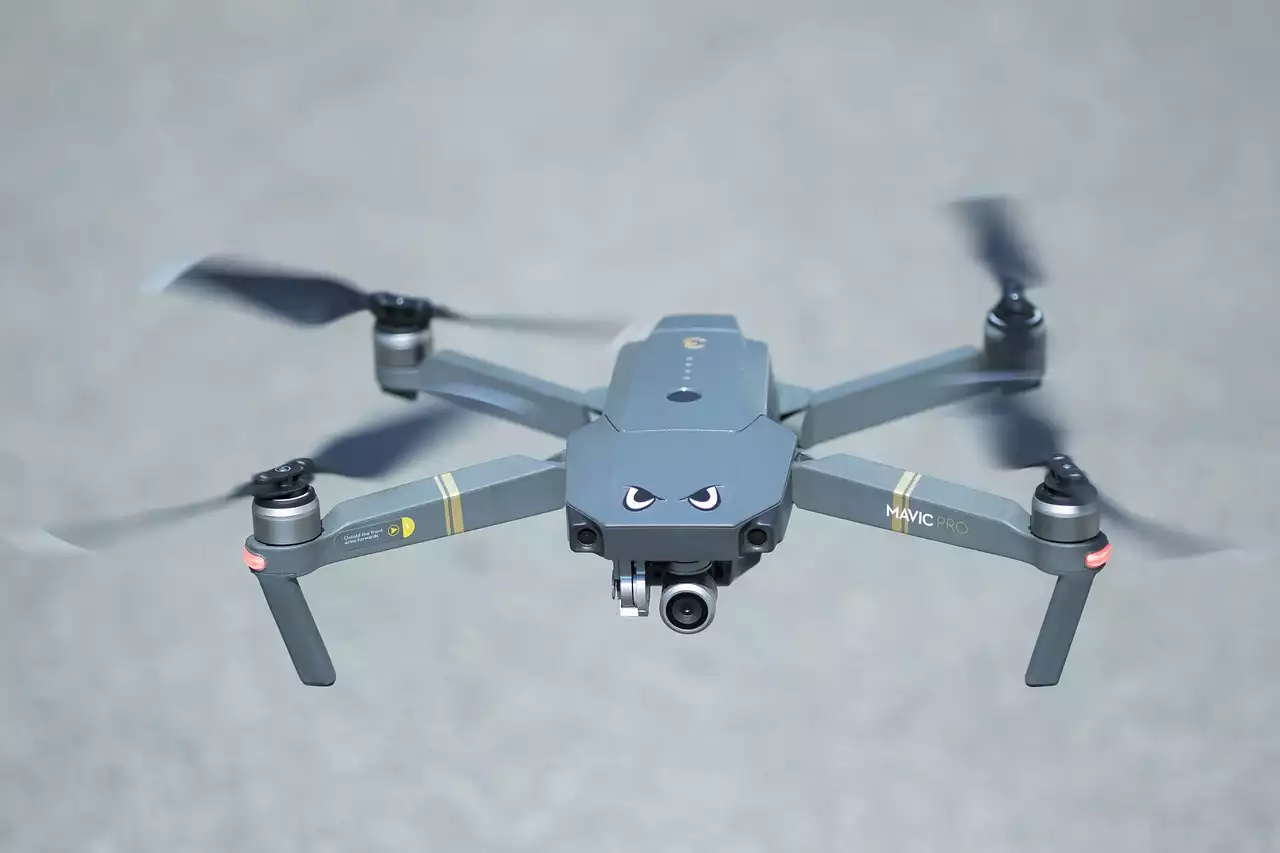



.png?size=50)
